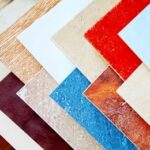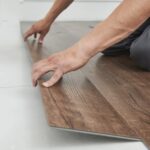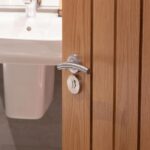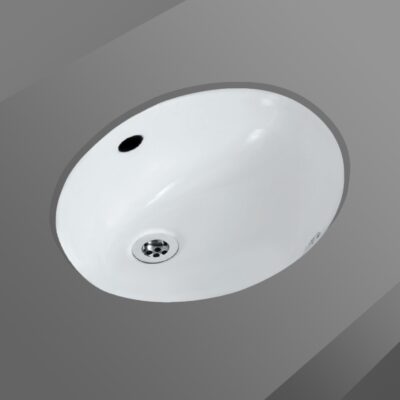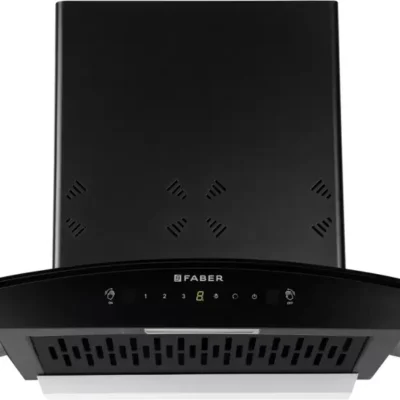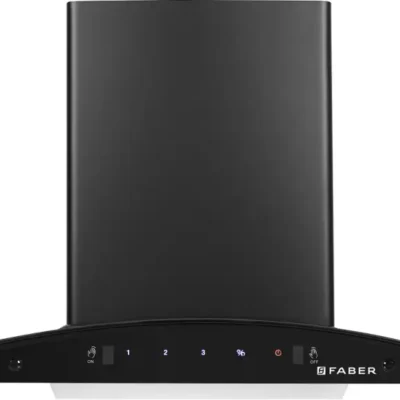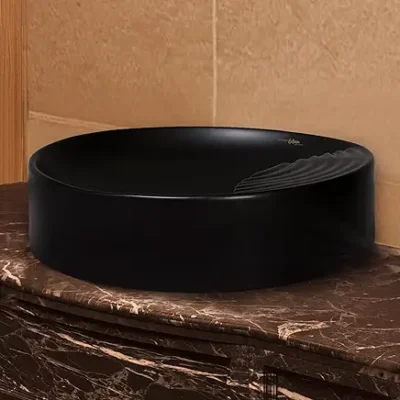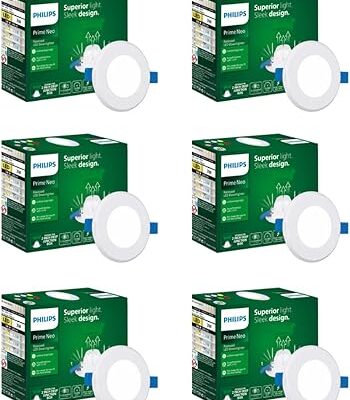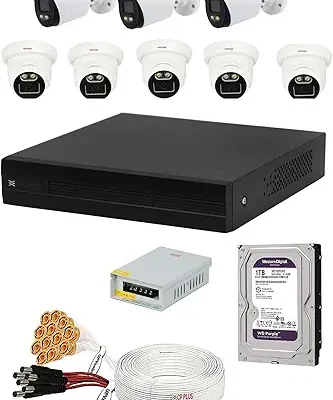Here are types of False Ceiling commonly used in India
1. POP False Ceiling
Plaster of Paris (POP) false ceilings are one of the most popular types of false ceilings used in homes. POP is applied as a paste, creating a smooth and seamless finish.
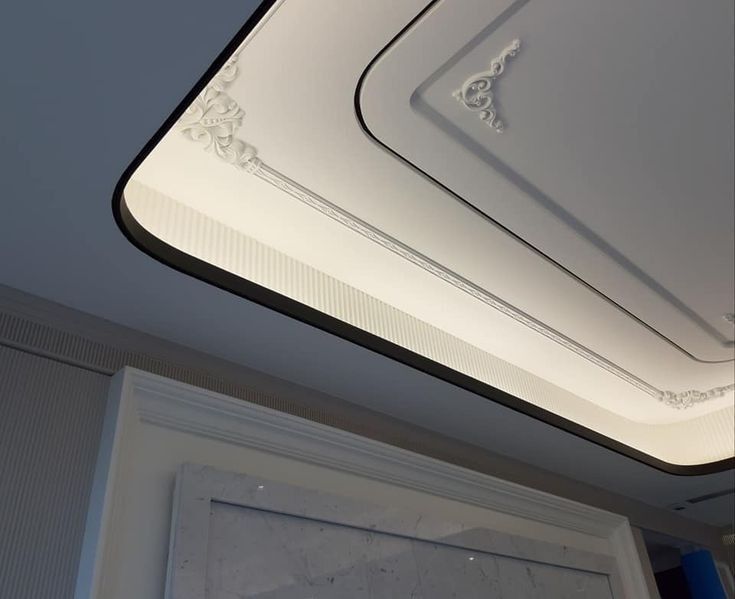
Advantages of POP False Ceiling
Aesthetic Appeal: POP can be shaped into different forms and patterns, allowing for detailed and custom designs.
Smooth Finish: It creates a smooth and even surface that can be painted or textured as desired.
Durability: POP ceilings are long-lasting and resistant to damage.
Insulation: They provide good thermal insulation, helping to keep the room temperature steady.
Disadvantages of POP False Ceiling
Time-Consuming Installation: Installing POP ceilings can take a lot of time and effort.
Prone to Cracks: Over time, POP ceilings might develop cracks, especially if they are not installed correctly.
2. Gypsum False Ceiling
Gypsum false ceilings are made from gypsum boards, which are pre-made and easy to install.
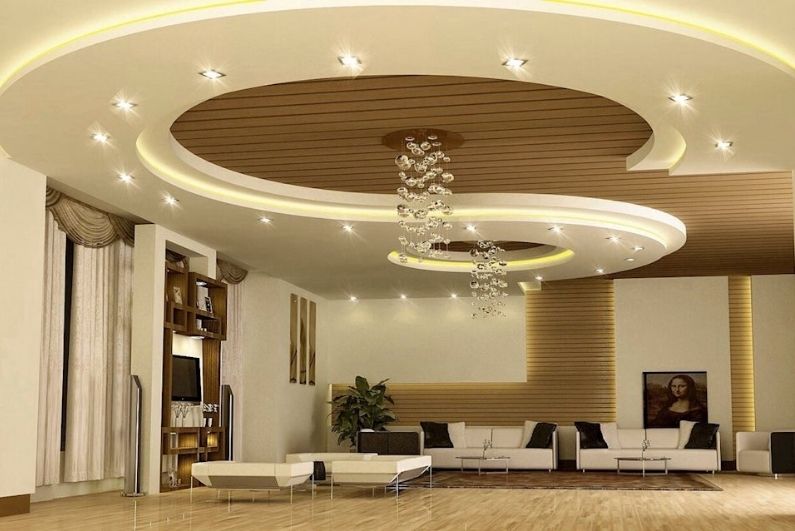
Advantages of Gypsum False Ceiling
Fire Resistance: Gypsum boards are fire-resistant, making them a safe choice for homes.
Ease of Installation: Installing gypsum ceilings is quicker and cleaner compared to POP
ceilings.
Smooth Finish: They offer a smooth, even surface that can be painted or wallpapered.
Lightweight: Gypsum boards are lightweight, reducing the load on the ceiling structure.
Disadvantages of Gypsum False Ceiling
Limited Design Flexibility: Gypsum boards offer less design flexibility compared to POP.
Moisture Sensitivity: Gypsum ceilings can be damaged by moisture, making them less ideal for areas with high humidity.
3. PVC False Ceiling
PVC (Polyvinyl Chloride) false ceilings are a modern and flexible choice. They are made from lightweight, durable plastic panels and come in various colors and designs.
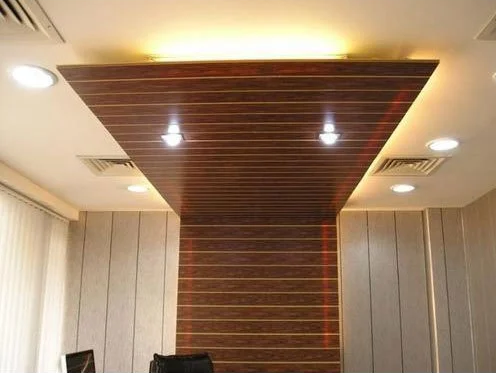
Advantages of PVC False Ceiling
Waterproof: PVC ceilings resist moisture and water, making them perfect for kitchens and
bathrooms.
Termite Resistant: Unlike wooden ceilings, PVC panels are not affected by termites.
Low Maintenance: They need very little upkeep and are easy to clean.
Cost-Effective: PVC ceilings are usually more affordable than other false ceiling materials.
Disadvantages of PVC False Ceiling
Limited Aesthetic Appeal: Although PVC panels come in various designs, they may not look as stylish as POP or gypsum ceilings.
Limited Thermal Insulation: PVC ceilings do not offer as much thermal insulation as other materials.
4. Wooden False Ceiling
Wooden false ceiling is constructed from wood or MDF (medium-density fiberboard).
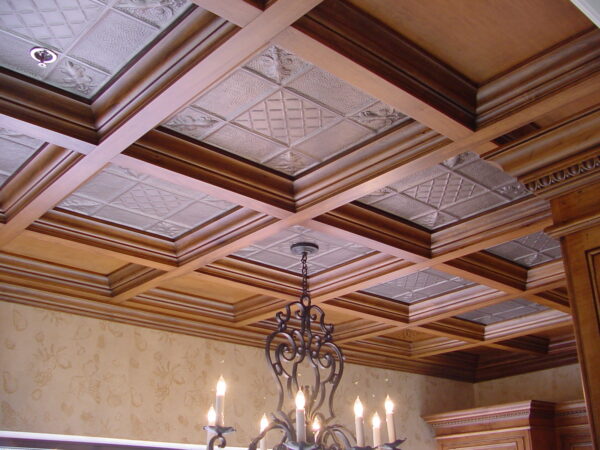
Advantages of Wooden False Ceiling
Aesthetic Appeal: Wooden ceilings give a classic and luxurious look that enhances the overall beauty
Insulation: Wood provides excellent thermal and sound insulation
Durability: With the right care, high-quality wood can last for many years.
Customizable: Wooden ceilings can be customized with different designs & finishes to match the décor of the room.
Disadvantages of Wooden False Ceiling
Cost: Wooden false ceilings are generally expensive than other materials
Maintenance: Wood requires regular maintenance, such as polishing and are susceptible to moisture
Fire Hazard: Wood can always pose a fire risk if not treated with fire retardants
5. Fabric False Ceiling

Advantages of Fabric False Ceiling
Variety: Fabric false ceilings come in a wide range of colors, patterns, and textures
Easy Installation and Maintenance: Because the fabric is stretched over a frame, these ceilings are easy to install. Maintenance is also simple, as the fabric can be cleaned with a cloth.
Concealment: Fabric ceilings can effectively hide wiring & ductwork, thereby providing a clean and uncluttered look
Disadvantages of Fabric False Ceiling
Less Durable: Fabric ceilings can be less durable compared to POP & gypsum or plaster. They are susceptible to tearing & fading over time.
Cost: Cost of Fabric stretched Ceiling is high compared to conventional methods.
Limited Load-Bearing Capacity: Fabric ceilings cannot support heavy fixtures such as lighting.
6. Glass False Ceiling

Advantages of Glass False Ceiling
Aesthetic: Glass ceilings create an elegant look and make rooms feel more open and bigger.
Enhanced Light Distribution: Glass ceilings reduce need for artificial lighting during the day by allowing natural light to illuminate interior spaces.
Disadvantages of Glass False Ceiling
Cost: Glass false ceilings are more expensive than conventional ceiling materials due to high cost of glass and installation process
Maintenance Challenges: Glass ceilings require regular cleaning to maintain aesthetic appeal.
Safety Concerns: Poor quality material or bad installation can lead to breakages and hence can pose safety concerns.
Cost Comparisons
| Type of False Ceiling | Cost (₹/sqft) | Cost for 10ft x 10ft Room |
|---|---|---|
| POP (Plaster of Paris) | ₹70 – ₹120 | ₹7,000 – ₹12,000 |
| Gypsum | ₹80 – ₹150 | ₹8,000 – ₹15,000 |
| PVC | ₹70 – ₹120 | ₹7,000 – ₹12,000 |
| Wooden | ₹200 – ₹400 | ₹20,000 – ₹40,000 |
| Fabric | ₹120 – ₹250 | ₹12,000 – ₹25,000 |
| Glass | ₹300 – ₹500 | ₹30,000 – ₹50,000 |


